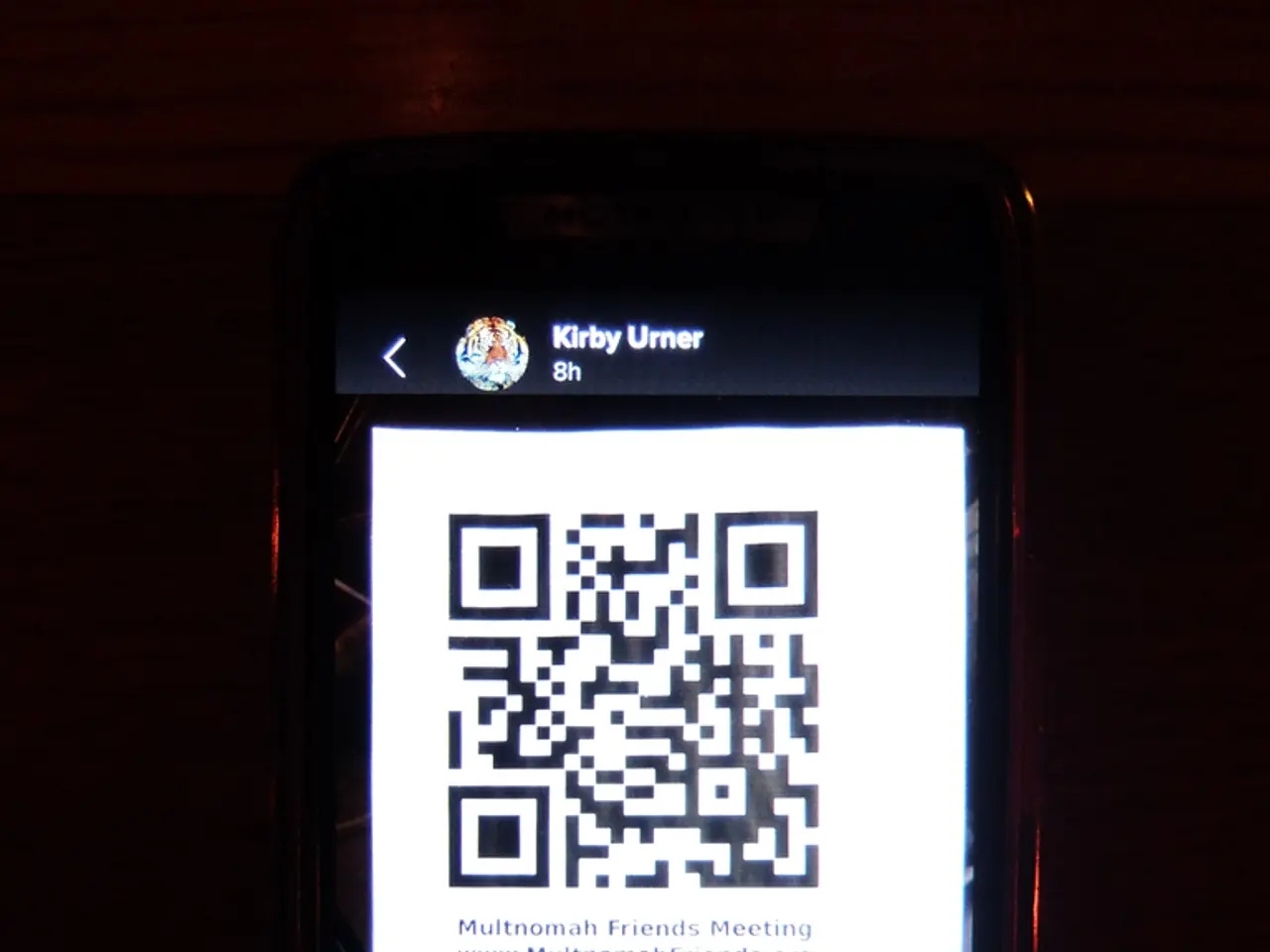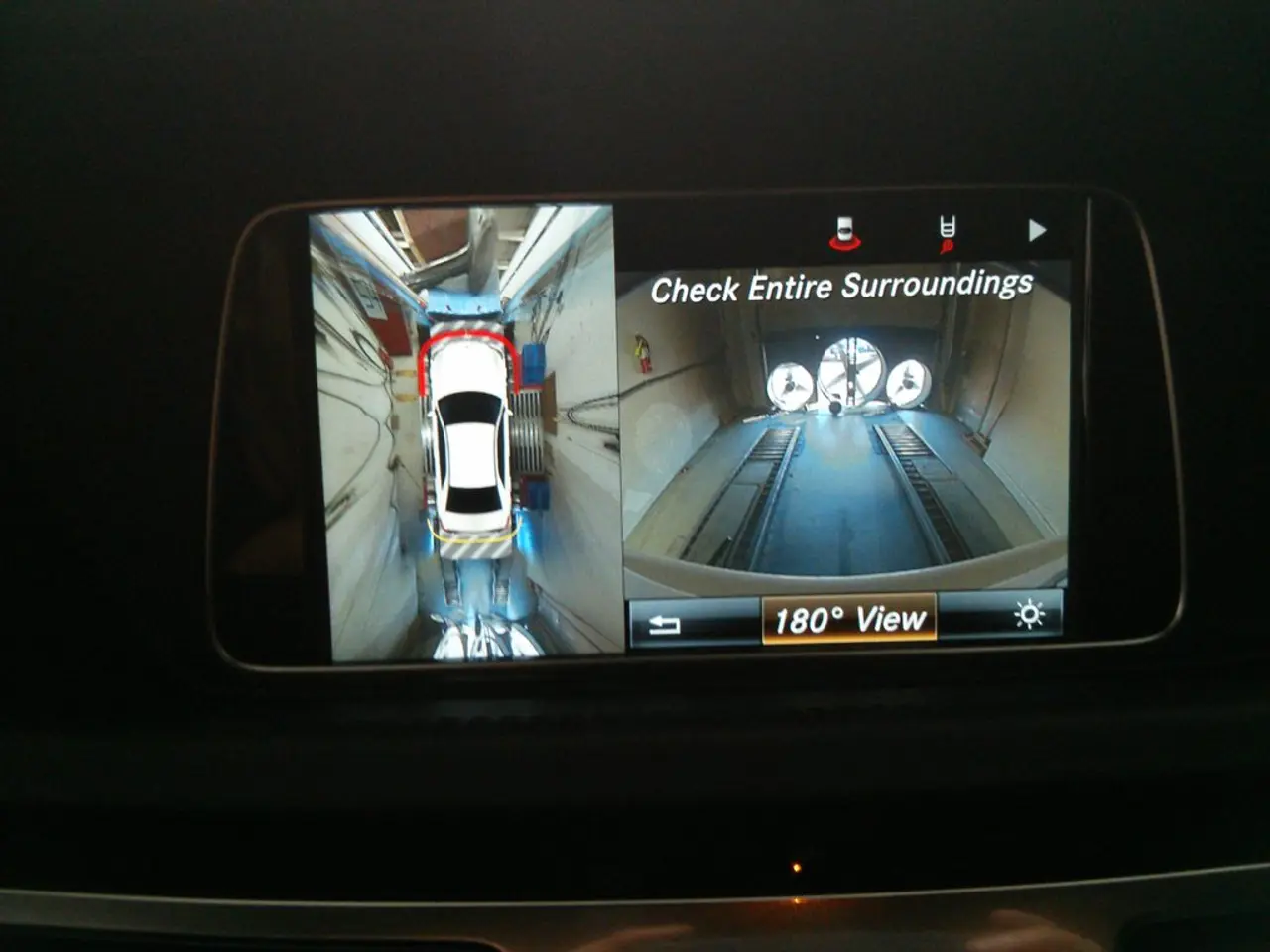QMB Savings Plan: Eligibility and Financial Implications
In the realm of healthcare, navigating costs can be a challenge, especially for those on Medicare. Fortunately, there are several state-based programs designed to help individuals with limited income and resources pay for their Medicare-related expenses. Among these programs are the Specified Low-Income Medicare Beneficiary (SLMB) program, Qualifying Individual (QI) program, and Qualified Disabled and Working Individuals (QDWI) program.
The SLMB program, for instance, assists in paying for Medicare Part B premiums only. With income limits of $1,526 per month for individuals and $2,074 for couples (subject to state variations), it has higher income limits than the Qualified Medicare Beneficiary (QMB) program. The resource limits for this program are typically similar to those of other state Medicare Savings Programs (MSPs).
The QI program, on the other hand, pays for Medicare Part B premiums (not Part A or cost-sharing) and has income limits higher than the SLMB program. It's essential to note that eligibility for the QI program does not overlap with full Medicaid participation. This is a federally funded but state-administered program, where states receive an annual allotment of funds.
The QDWI program is designed for disabled individuals who are working but cannot afford Part A premiums. Unlike the SLMB and QI programs, the QDWI program helps pay for Medicare Part A premiums, not Part B. It has higher income limits than other MSPs and excludes those eligible for full Medicaid.
All these programs require that applicants have Medicare Part A coverage, except for the QI program, which requires eligibility for Part A. Eligibility depends on both income and resource limits, which vary slightly by state, with some states disregarding assets in eligibility calculations entirely.
Benefits primarily cover Medicare premiums (Part A or Part B) and, in QMB’s case, cost-sharing like deductibles and coinsurance. People enrolled in these MSPs are often automatically eligible for Extra Help benefits, which reduce prescription drug costs under Medicare Part D.
It's important to note that the exact income and asset limits, and eligibility rules, vary by state, so applicants must check with their state Medicaid office for precise qualifications and application procedures.
Whether you're on Original Medicare or Medicare Advantage, you're eligible for QMB if you meet the income and resource requirements. If you don't qualify for QMB, you may qualify for one of the other programs.
For those interested in these programs, a tool is available to find local state information and guidance on how to apply. With these programs in place, individuals can better manage their healthcare costs and focus on their wellbeing.
- The SLMB program helps individuals pay for Medicare Part B premiums, with income limits of $1,526 per month for individuals and $2,074 for couples, which are higher than the Qualified Medicare Beneficiary (QMB) program's.
- Applicants for the QI program need to have Medicare Part A eligibility, and this program pays for Medicare Part B premiums, with income limits higher than the SLMB program.
- The QDWI program is targeted at disabled individuals who are working but cannot afford Part A premiums, helping pay for Medicare Part A premiums, unlike the SLMB and QI programs that only assist with Part B.
- Navigating health-and-wellness costs for those on Medicare isn't always easy, but there are state-based programs available such as the SLMB, QI, and QDWI, which can help with personal finance and business-related expenses like Medicare-related premiums and cost-sharing.




